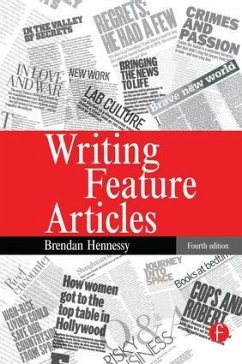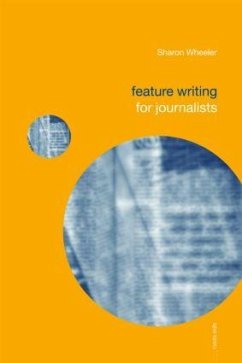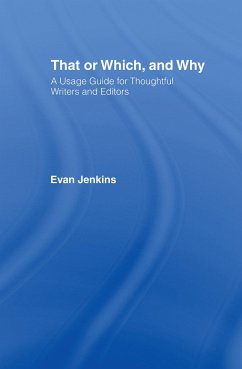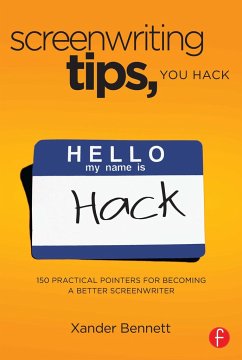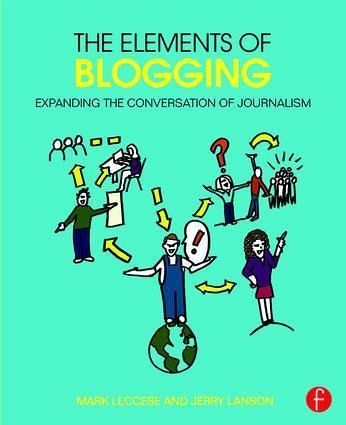
The Elements of Blogging
Expanding the Conversation of Journalism
Versandkostenfrei!
Versandfertig in 1-2 Wochen
52,99 €
inkl. MwSt.
Weitere Ausgaben:

PAYBACK Punkte
26 °P sammeln!
Becoming a blogger takes practice, hard work, and, ultimately, a passion for the craft. Whether you plan to blog on politics or parenting, The Elements of Blogging is designed to give you the skills and strategies to get started, to sustain your work, and to seek out a robust audience. This book is loaded with practical advice on important topics such as determining a niche, finding the best stories, and blogging effectively and ethically. It features examples from both amateur and professional bloggers that show the techniques for building an argument, finding a voice, crafting a headline, an...
Becoming a blogger takes practice, hard work, and, ultimately, a passion for the craft. Whether you plan to blog on politics or parenting, The Elements of Blogging is designed to give you the skills and strategies to get started, to sustain your work, and to seek out a robust audience. This book is loaded with practical advice on important topics such as determining a niche, finding the best stories, and blogging effectively and ethically. It features examples from both amateur and professional bloggers that show the techniques for building an argument, finding a voice, crafting a headline, and establishing a brand.
Key features:
Real-world applicability. This book includes thumbnail profiles of bloggers and their sites, which illuminate key skills you will need to become an effective blogger
Interactivity. Each chapter features discussion points and exercises intended to get you to think about, reflect on, and apply the contents of each chapter
Creativity. While this book dives into software and plug-ins for bloggers, its main goal is to cover how to write blogs on a myriad of topics: news, opinion pieces, travel, politics, art, and more.
Visit the companion website: http://www.theelementsofblogging.com/
Key features:
Real-world applicability. This book includes thumbnail profiles of bloggers and their sites, which illuminate key skills you will need to become an effective blogger
Interactivity. Each chapter features discussion points and exercises intended to get you to think about, reflect on, and apply the contents of each chapter
Creativity. While this book dives into software and plug-ins for bloggers, its main goal is to cover how to write blogs on a myriad of topics: news, opinion pieces, travel, politics, art, and more.
Visit the companion website: http://www.theelementsofblogging.com/





